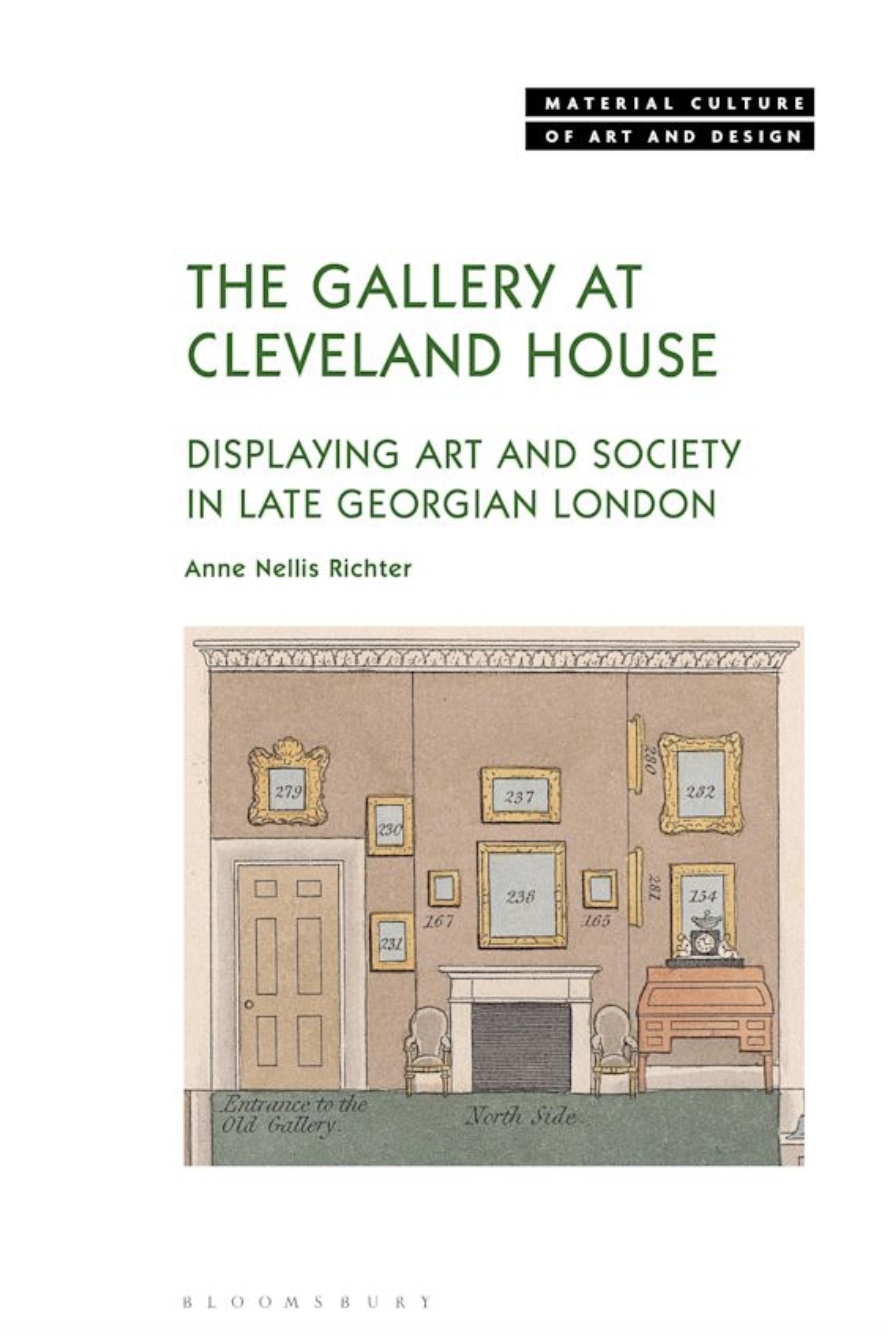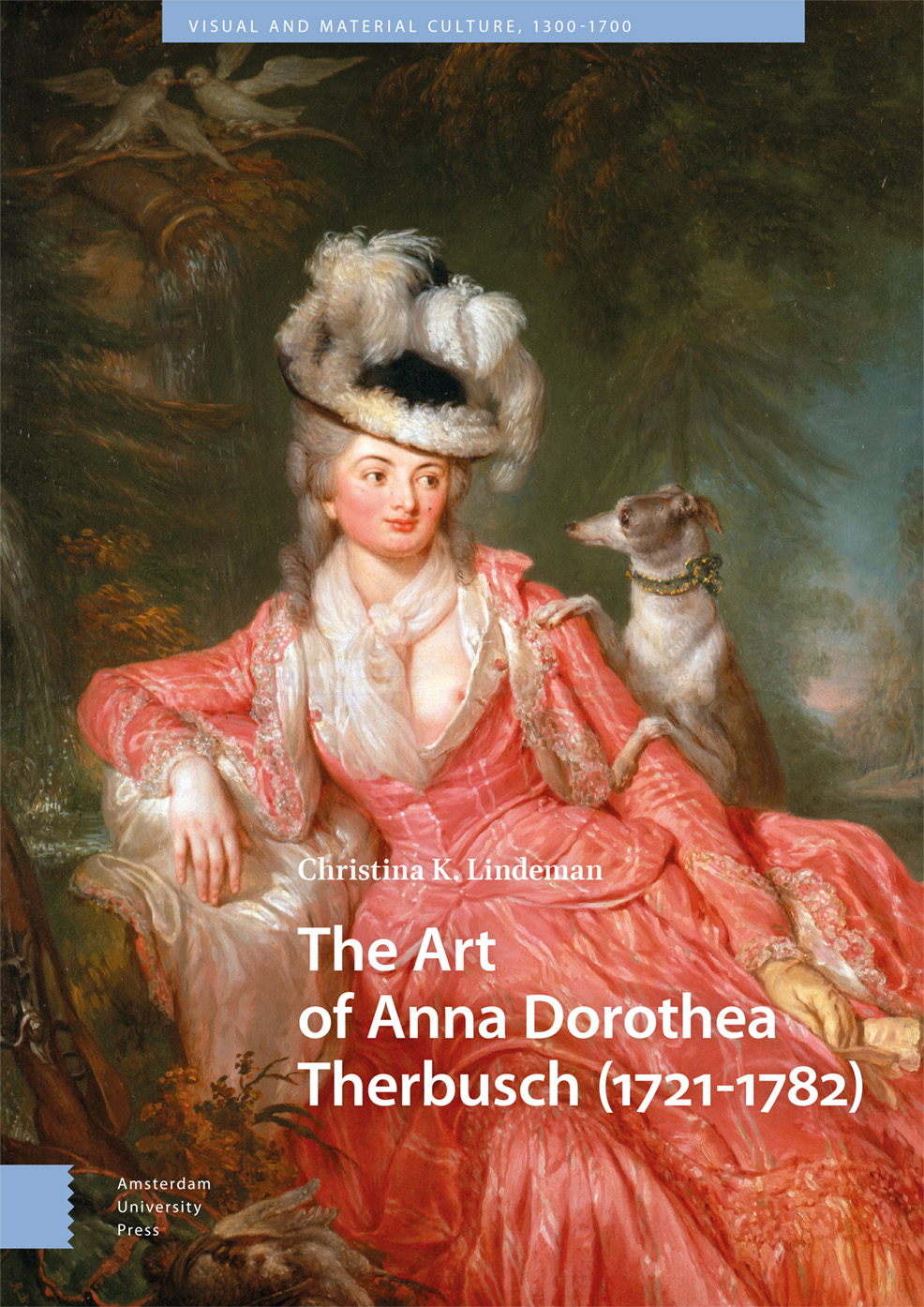Exhibition | From Pencil to Burin: Drawings for Printmaking

Left: Manuel Salvador Carmona, Drawing of François Boucher (after Alexander Roslin), detail, 1760–61, black and red chalk (Madrid: Museo Nacional del Prado D658). Right: Manuel Salvador Carmona, Print of François Boucher (after Alexander Roslin), detail, 1761, etching and engraving (Madrid: Museo Nacional del Prado G2693). The original source was Roslin’s painted portrait of Boucher, now at Versailles; Salvador Carmona was admitted to the Académie Royale de Peinture et de Sculpture as an engraver on the basis of this print; it includes the inscription, “Gravé par Manuel Salvador Carmona pour sa reception à l’Academie en 1761.”
◊ ◊ ◊ ◊ ◊
From the press release (16 October 2023) for the exhibition:
From Pencil to Burin: Drawings for Printmaking in Goya’s Day
Museo Nacional del Prado, Madrid, 17 October 2023 — 14 January 2024
Curated by José Manuel Matilla and Ana Hernández Pugh
Until 14 January in Room D of the Jerónimos Building, the Museo del Prado presents the exhibition From Pencil to Burin: Drawings for Printmaking in Goya’s Day. It comprises a selection of 80 prints and drawings revealing the important role of these designs in the creation of intaglio prints in Spain from the mid-18th to the early 19th centuries. The exhibition includes works by a number of artists, while focusing on two key figures for the development of printmaking: Manuel Salvador Carmona (1734–1820), the artist possessed of the greatest technical command of engraving in Spain, and Francisco de Goya (1746–1828), whose remarkable artistic powers and particular understanding of etching opened up new directions in artistic creation.
 Curated by José Manuel Matilla, Chief Curator of Prints and Drawings at the Prado, and Ana Hernández Pugh, author of the 2023 catalogue raisonné of Manuel Salvador Carmona’s drawings, the exhibition presents a survey of drawings made as preparatory designs for engravings, emphasizing both their functional and artistic importance. Visitors can see the techniques employed to transpose a composition to a copperplate, thus revealing how preparatory drawings played a significant role in the engraver’s understanding of the work.
Curated by José Manuel Matilla, Chief Curator of Prints and Drawings at the Prado, and Ana Hernández Pugh, author of the 2023 catalogue raisonné of Manuel Salvador Carmona’s drawings, the exhibition presents a survey of drawings made as preparatory designs for engravings, emphasizing both their functional and artistic importance. Visitors can see the techniques employed to transpose a composition to a copperplate, thus revealing how preparatory drawings played a significant role in the engraver’s understanding of the work.
The training of qualified draughtsmen and engravers in the second half of the 18th century allowed for the illustration of the texts that disseminated Enlightenment thought. While the prints of this period are well known, the preparatory drawings that acted as their starting point have been relegated to a secondary position in the history of art due to their functional nature. It was, however, the drawings that defined the compositions which were subsequently reproduced on copperplates with absolute precision and fidelity. The exhibition thus reveals a much broader artistic context, articulated around concepts that define the uses and techniques of prints to analyse different phases of the creative process. It shows the diversity of the phases and states through which an intaglio engraver had to pass in order to complete a work. Overall, the exhibition aims to reveal that it was only on the basis of a high quality drawing that a good print could be obtained.
José Manuel Matilla, Ana Hernández Pugh, Gloria Solache Vilela, and Sergio García, Del lapicero al buril: El dibujo para grabar en tiempos de Goya (Madrid: Museo Nacional del Prado, 2023), 264 pages, ISBN: 978-8484806066, €35.
The digital brochure (in English) is available here»

Installation view of the exhibition From Pencil to Burin: Drawings for Printmaking in Goya’s Day (Museo Nacional del Prado, 2023). The freestanding wall presents the first section of the show, “The Drawing and the Printmaker’s Image.”
New Book | Dibujos de Manuel Salvador Carmona (1734–1820)
The publication of this catalogue raisonné of Salvador Carmona’s drawings coincides with the the exhibition, From Pencil to Burin: Drawings for Printmaking in Goya’s Day, now on view at the Prado and co-curated by Pugh. From the CEEH:
Ana Hernández Pugh, Dibujos de Manuel Salvador Carmona (1734–1820): Catálogo razonado (Madrid: Centro de Estudios Europa Hispánica, Biblioteca Nacional de España, and Museo Nacional del Prado, 2023), 672 pages, ISBN: 978-8418760150, €58.
 Manuel Salvador Carmona (1734–1820) fue el más destacado grabador de la España ilustrada. Desde su formación en París como primer pensionado de la Real Academia de Bellas Artes de San Fernando para el estudio de la talla dulce en la rama de retratos e historia, su compromiso con el arte calcográfico fue ejemplar. En París aprendió con Nicolas-Gabriel Dupuis (1698–1771) y fue el primer español en ser nombrado grabador del rey de Francia. De él se decía que siempre estaba «o con el lapicero o con el buril en la mano», y es que dedicó su larga vida al arte, ya fuera como director de grabado en la Real Academia de San Fernando, como grabador del rey o como maestro de sus discípulos y familiares.
Manuel Salvador Carmona (1734–1820) fue el más destacado grabador de la España ilustrada. Desde su formación en París como primer pensionado de la Real Academia de Bellas Artes de San Fernando para el estudio de la talla dulce en la rama de retratos e historia, su compromiso con el arte calcográfico fue ejemplar. En París aprendió con Nicolas-Gabriel Dupuis (1698–1771) y fue el primer español en ser nombrado grabador del rey de Francia. De él se decía que siempre estaba «o con el lapicero o con el buril en la mano», y es que dedicó su larga vida al arte, ya fuera como director de grabado en la Real Academia de San Fernando, como grabador del rey o como maestro de sus discípulos y familiares.
Precisamente es su faceta dibujística—casi desconocida hasta la fecha—la que, con el apoyo de 499 imágenes, se estudia aquí en detalle. Artista meticuloso, conservó gran parte de sus obras, y en este catálogo razonado se reúnen casi trescientos dibujos y contradibujos, tanto preparatorios para el grabado como trazados del natural. Especial valor adquieren los retratos—muchos inéditos hasta ahora—que realizó de sus familiares más cercanos mediante la técnica «de los tres lápices» (negro, rojo y blanco de clarión), cuyo mayor exponente en el París de principios del siglo XVIII era Jean-Antoine Watteau (1684–1721); su obra sirvió a Salvador Carmona para perfeccionarse. Este catálogo razonado contribuye significativamente al estudio del dibujo y el grabado en España al reunir por primera vez de forma sistemática el corpus de dibujos de un grabador y analizar con precisión los aspectos técnicos de los mismos como parte del proceso creativo de las estampas a las que sirvieron como punto de partida, atendiendo a los diferentes procedimientos y papeles empleados, así como a su tipología y su contexto histórico.
Ana Hernández Pugh es graduada en Historia e Historia del Arte por la Universidad CEU San Pablo de Madrid, donde obtuvo el Premio Extraordinario de Fin de Grado. Asimismo, posee el máster en Estudios Avanzados de Museos y Patrimonio Histórico-Artístico de la Universidad Complutense de Madrid y es diplomada en Artes Aplicadas a la Fotografía por el International College of Professional Photography de Melbourne. Gracias a distintas becas, completó su formación en la Biblioteca Nacional de España y en el Museo Nacional del Prado. Colaboró como investigadora en la exposición El maestro de papel. Cartillas para aprender a dibujar de los siglos XVII al XIX (2019) y, junto con José Manuel Matilla, es comisaria de la muestra Del lapicero al buril. El dibujo para grabar en la época de Goya (2023), ambas en el Prado.



















leave a comment